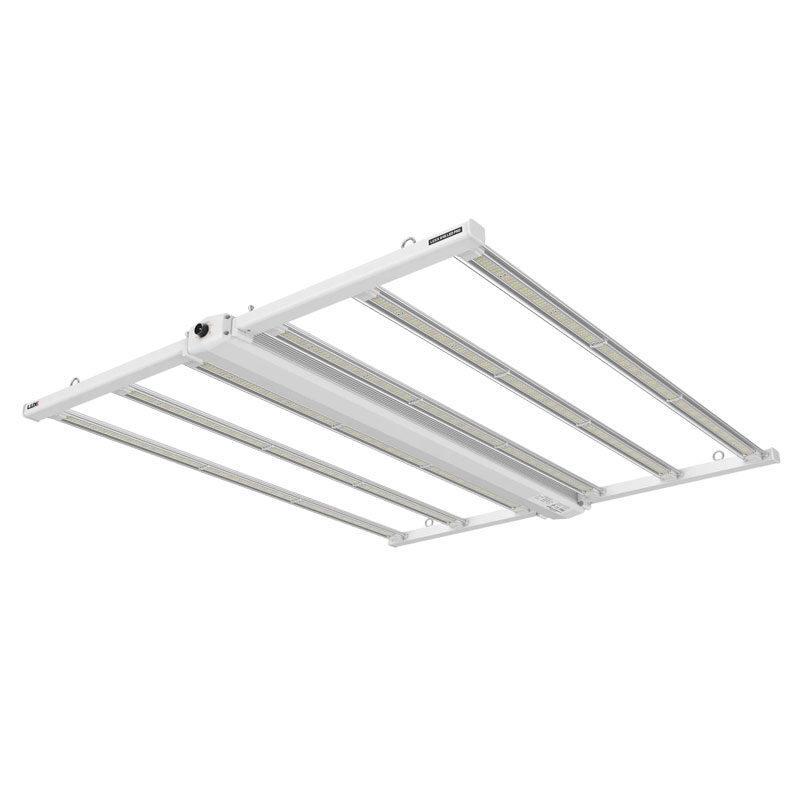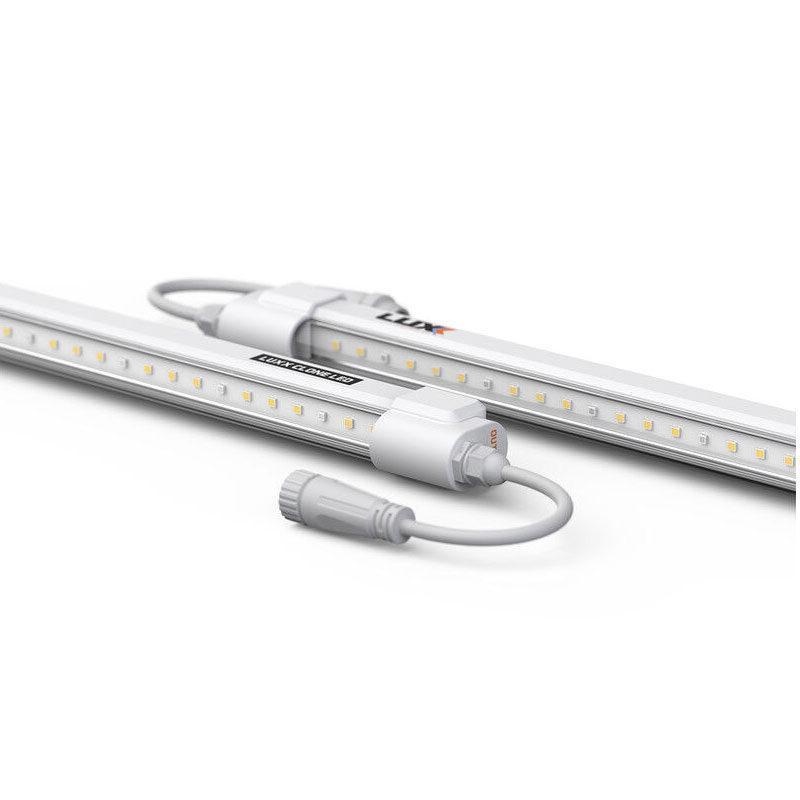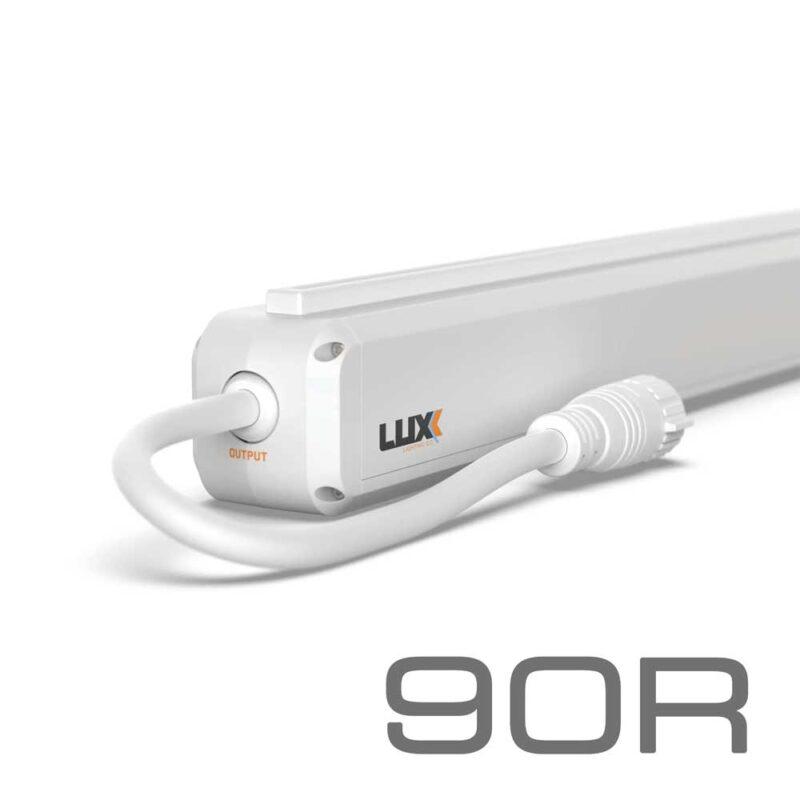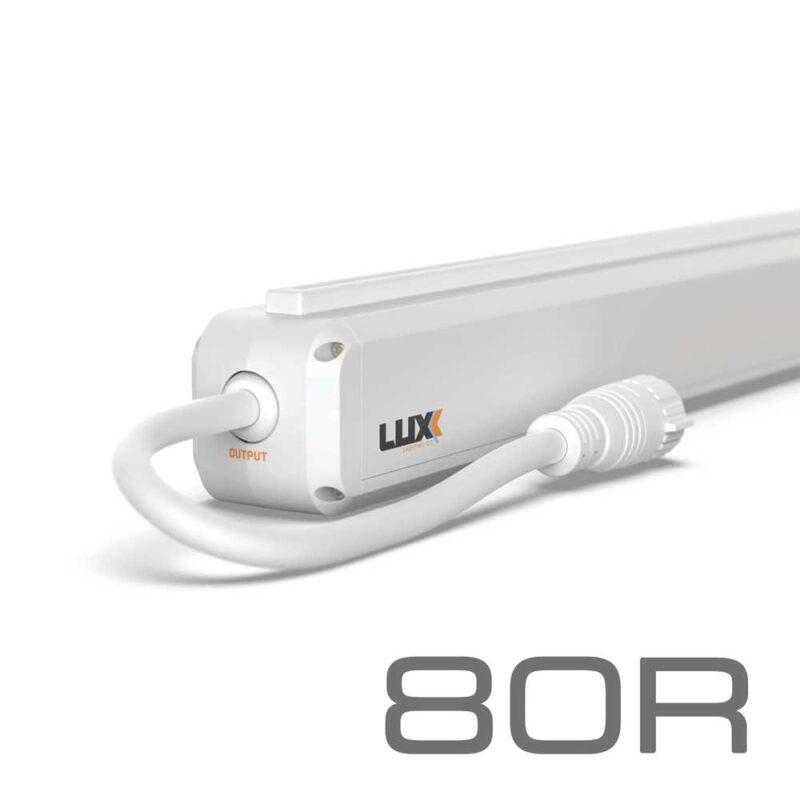LED LIGHTING
LED technology is widely used due to its impressive energy efficiency, with a light output per watt that is twice that of alternative sources. This results in significant electricity savings over time, as well as reduced energy loss to heat.
The latest LED technology grow lights are designed to be compact, durable, and low-maintenance, making them perfect for small or exposed spaces. Not only do they eliminate the need for bulky ballasts and reflectors, but they also retain their efficiency and last for years, making them a reliable choice for growers.
ENERGY EFFICIENCY
One of the primary advantages of LED technology is its energy efficiency. LED grow lights consume significantly less energy compared to traditional HPS (High-Pressure Sodium) or MH (Metal-Halide) grow lights. This reduced energy consumption not only saves money on electricity bills but also reduces the carbon footprint of your grow operation.
LED lights use a fraction of the energy required by traditional grow lights, making them an attractive option for commercial growers who need to keep their energy costs down. According to a study by the US Department of Energy, LED grow lights can reduce energy consumption by up to 75% compared to HPS lights.
Showing all 4 results
LONGER LIFESPAN
LED technology also has a longer lifespan compared to traditional grow lights. While HPS lights typically need to be replaced every 10,000 to 20,000 hours, LED lights can last up to 50,000 hours or more. This extended lifespan means fewer replacements are needed, which reduces waste and saves growers money.
CUSTOMIZABLE SPECTRA
LED lights offer a high degree of customization when it comes to spectra. Unlike traditional grow lights, which emit a broad spectrum of light, LED lights can be tailored to specific wavelengths that are beneficial for different plant growth stages. This allows growers to optimize their lighting for maximum yield and plant health.
For example, blue light is often used during the vegetative stage to promote leaf growth, while red light is used during the flowering stage to promote bud formation. By using LED lights with specific spectra, growers can create a customized lighting plan that meets the unique needs of their crops.
COOLER OPERATING TEMPERATURE
LED technology operates at a much cooler temperature than traditional grow lights. This reduces the risk of heat stress and allows for more efficient cooling systems, which can be beneficial in hot climates or large grow operations.
IMPROVED PLANT HEALTH
LED lighting has been shown to improve plant health and reduce stress. The unique spectrum and intensity of LED lights can help promote healthy growth, increase resistance to disease, and reduce the risk of pests.
In addition, LED lights can help reduce transpiration and prevent water loss in plants, which can be especially beneficial in dry or humid climates.
INCREASED YIELD
LED technology has been shown to increase yields in many crops. By providing a precise spectrum and intensity of light, growers can optimize plant growth and maximize yields.




